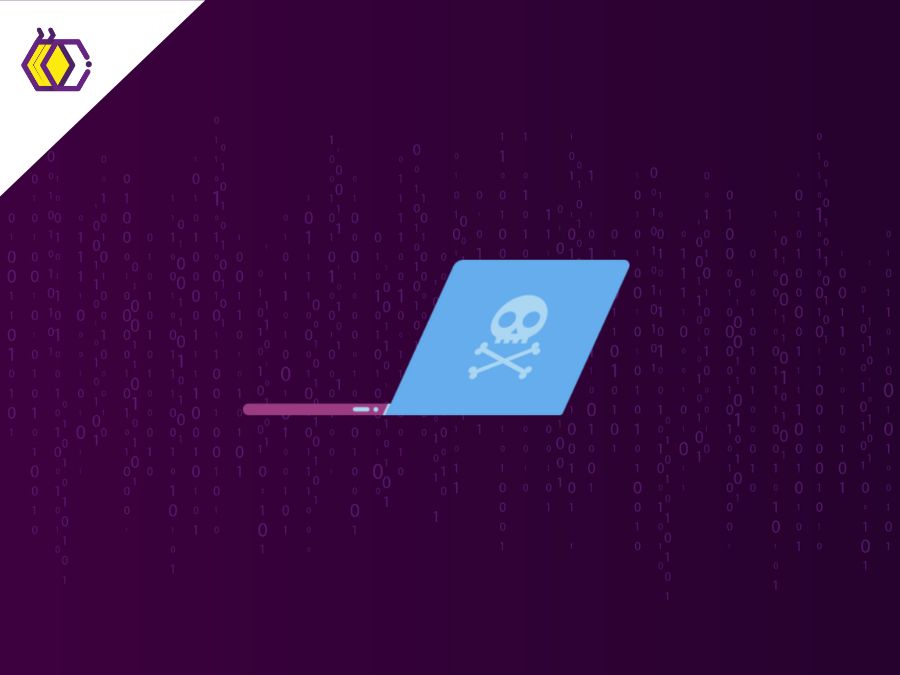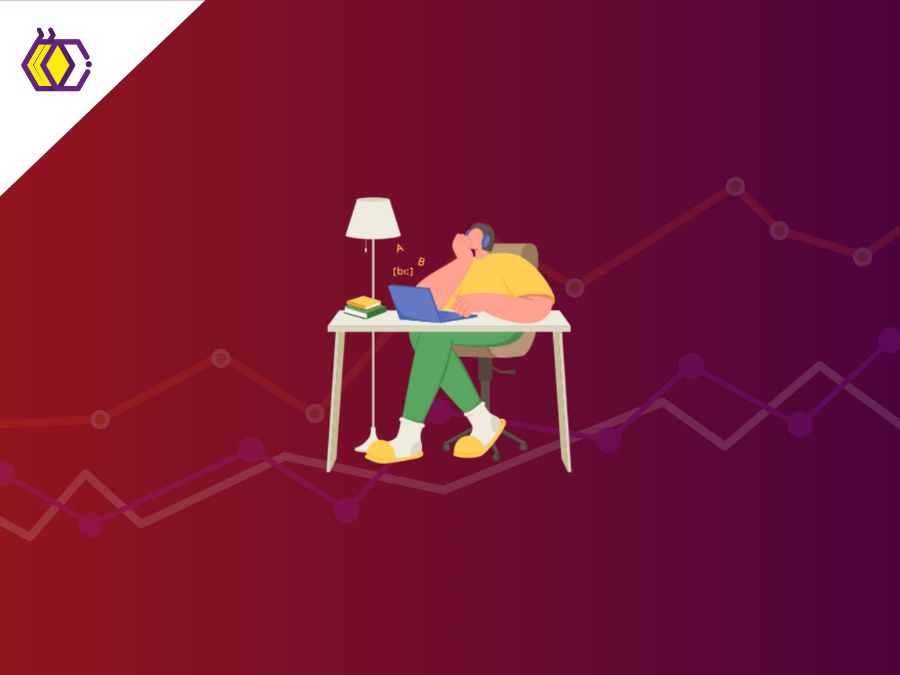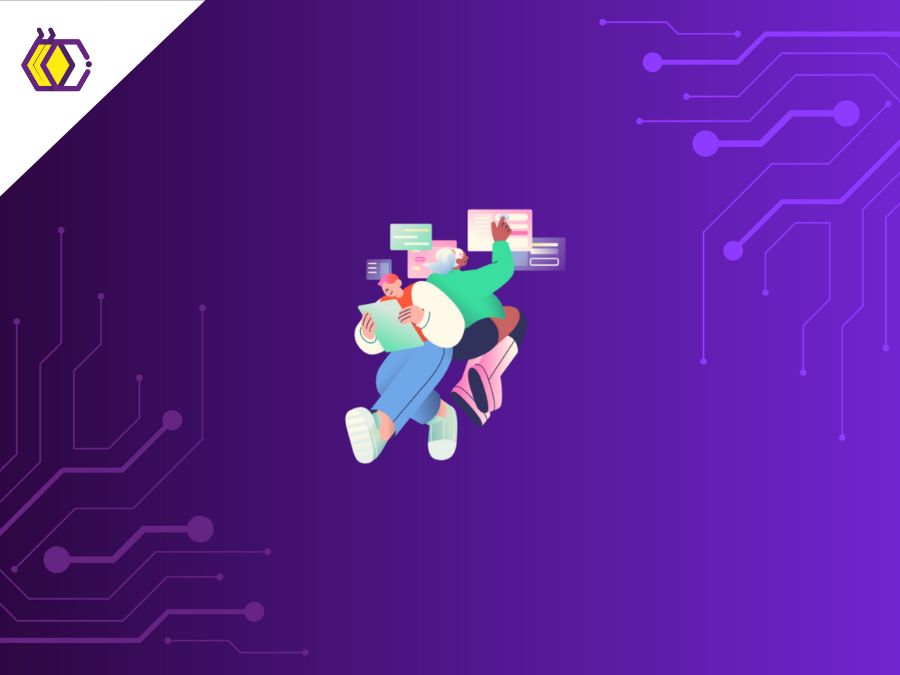
Designer and Developer working in harmony
(7 minutes of reading time) SEPARATED IN MATERNITY, ATTACHED BY PIXELS You can still hear that for some people there are obstacles and taboos in the relationship between designers and developers. Many believe that projects that have the two of them working together are more likely to lead to conflicts and frustrations. Either because one does not understand the work and effort of the other or because those professionals are often distributed in different areas of the company. However, it is increasingly clear that rapport between these experts is a crucial factor in the success of a product. The first step to start integrating designer and developer is to change the point of view and understand that, to have a successful product, effective collaboration and open communication between them is necessary, after all, that both of them have the same objectives. Before they work together on a project, it is important to ensure that the teams involved in both areas know and better understand each other's work. Successful teams usually work within a culture of integration, promoting constant collaboration between the professionals involved in the projects. A united work team will find it easier to walk in line with goals and deliverables, developing projects with greater agility, clarity, and efficiency. The idea of this text is not to point out any problems or blame developers or designers for every difficulty; this article is about keeping these different worlds lined up so that everyone is happy, calm, healthy and mostly productive. Helping to implement a collaborative culture between teams and achieve better results in the development of their projects. JOINING FORCES There is no good or bad side, possibly, there are different points of view. And it doesn't make sense to blame either party when, in the end, you have a bad product and/or exhausted colleagues. They always blame each other - the designer didn't tell, the developer didn't ask, or vice versa. To avoid all this stress, you can start with a simple conversation to understand how each person's work. It's a good idea to sit them side by side and make them talk about each other's work. If they are working remotely, schedule weekly meetings so each one can explain his/her work to the other. At first, this movement may seems strange but, as time goes by, it becomes clear that the more we understand each other's work, the lower the barriers between roles thus, contributing to the construction of a more empathic and collaborative environment for all parties. Another approach is to involve developers in the creation process and decision making. When designers and devs work together, the chances of establishing a communication channel are higher, helping them to exchange ideas and solutions. In addition, to making everyone more informed and engaged, the process brings new insights into the product, generating more ideas on how flows and elements could work better. The designer is often not aware of the technical limitations that creation brings to development. For the developer, it is not clear in his mind how the designed functionality or behavior should work. The idea is have the designer to create a prototype already thinking about how the developer will receive it, without proposing incoherent and outlandish ideas. Sharing knowledge and experiences is more than valid if we are looking for empathy and collaboration in the workplace. Common goals increase everyone's understanding of the product's function and use, decreasing the chances of creating impossible-to-develop creations or unnecessary technical complications. Well, but first, there are some critical points that we need to look at and then optimize the integration between designers and developers. Finally, to satisfactorily unite the skills of these two groups, it is necessary to overcome some challenges. GET TO KNOW EACH OTHER’S WORK BETTER Nowadays, there is little knowledge of the other's work, which contributes a lot for the company to have difficulty in achieving the best results. People often think: “designers draw screens and developers type code”. But the truth is that it is necessary to understand that it goes far beyond that, and the greater the level of knowledge about the tasks of each specialist within this product development process, the better the project result. UNDERSTAND THE BUSINESS PURPOSE OF THE PRODUCT It is essential not to have differences in understanding the purpose of the product you are working on, what business problem it will solve and who will be its user. This alignment between developers and designers regarding the understanding of the product's rules is essential, then it will be possible to combine the skills of both professionals with greater efficiency. STANDARDIZE WORK When there is no well-defined work pattern that benefits the project in the first place, it is possible to lose productivity and face a multitude of obstacles such as excessive meetings, rework, and unnecessary emails. With a good management, developers and designers will be able to execute their demands in a more agile, precise, organized way and without wasting time. COMMUNICATION The best way to align designer and devs is with the good old-fashioned conversation. It's important that they get closer as they do their jobs. There will always be something that can be at focus for a better understanding of its characteristics. Furthermore, even being in different areas, the exchange of experiences will always be important for the organization's growth. All this interaction work will result in creative solutions during project development. At first, this close communication can be a little uncomfortable however, over time, it becomes a valuable culture for maintaining a more empathic and collaborative team. CO-CREATION Often the designer does not deeply know the technical limitations that his/her creation brings to the developer or, the developer, does not understand very well how elements designed by the designer should work. Working collaboratively and communicating ideas clearly and constantly, this problem could end. With the approach of communication between developers and designers during work, the company will be able to benefit from the exchange of ideas between teams. Thus, the trend is that new solutions will appear more frequently, in addition to make room for greater engagement by everyone. In the business sphere, sharing knowledge and experiences is very valid and important for both the company and professionals. During the development of a new project, among so many tasks, the alignment between such important experts as the designer and the developer will be essential so that the product is delivered on time and with all the expected functionalities. Do you like the content? So don't miss this opportunity, follow us on social media and keep an eye on our blog! References: https://bit.ly/3pMfhpX https://bit.ly/3GtXXgn https://bit.ly/3pMe3eA
Share this article on your social networks:
Rate this article:
Other articles you might be interested in reading
- All (185)
- Career (38)
- Competitions (6)
- Design (7)
- Development (112)
- Diversity and Inclusion (3)
- Events (3)
- History (15)
- Industries (6)
- Innovation (38)
- Leadership (8)
- Projects (23)
- Well being (18)

Cloud Computing and Digital Transformation and Social Impact
(5 minutes of reading)
In recent years, we have witnessed a quiet revolution that is fundamentally reshaping the way we live and work. At the center of this transformation is cloud computing, a technological innovation that transcends physical limits and opens up new horizons of possibilities. This text will talk about this subject that is transforming the IT area. Come read!...

Tech in Education
(9 minutes of reading)
In the contemporary educational landscape, technology plays an increasingly crucial role, revolutionizing not only the way students learn, but also how educators teach. As we adapt to a digitally connected world, new trends are emerging that promise to further transform the way education is designed and delivered. Come read this text to learn about the latest trends in educational technology and explore their impact on student development and the evolution of teaching. Come with us!...

Ethical Software Development
(5 minutes of reading)
Developing software is a complex activity that goes far beyond simple coding. It involves a meticulous process of planning, design, implementation, testing and maintenance to create reliable, efficient, and secure systems. However, in addition to seeking functionality and performance, developers must also carefully consider the ethical aspects of the software they are creating. In this text we will talk about ethics and responsibility when developing software. Come read!...

Balance Between Professional and Personal Growth
(6 minutes of reading)
In a world driven by the constant search for professional success, we often find ourselves immersed in our careers, forgetting the fundamental balance between professional and personal growth. As we dedicate hours to coding, solving problems, and advancing our technical skills, it's essential to remember that our journey as human beings go beyond the lines of code. Come read our text and see super cool tips on how to achieve this balance!...

How to Highlight Programming Competition Awards on your CV
(6 minutes of reading)
In a field as dynamic as software development, it is crucial to stand out from the crowd. An exceptional way to do this is through recognition and awards won in competitive programming competitions. In addition to demonstrating your superior technical skills, these awards attest to your ability to solve complex problems, collaborate as a team, and deliver exceptional results under pressure. Today we will talk about the curriculum and competitions, are you interested? Come with us!...

Open Source and Collaboration
(5 minutes of reading)
If you're ready to start exploring the world of open source, be aware that you will encounter many learning opportunities and challenges. Collaboration is at the heart of this environment, driving innovation and influencing the direction of technology. Come read our text to find out more about this subject!...

 Innovation
Innovation 

